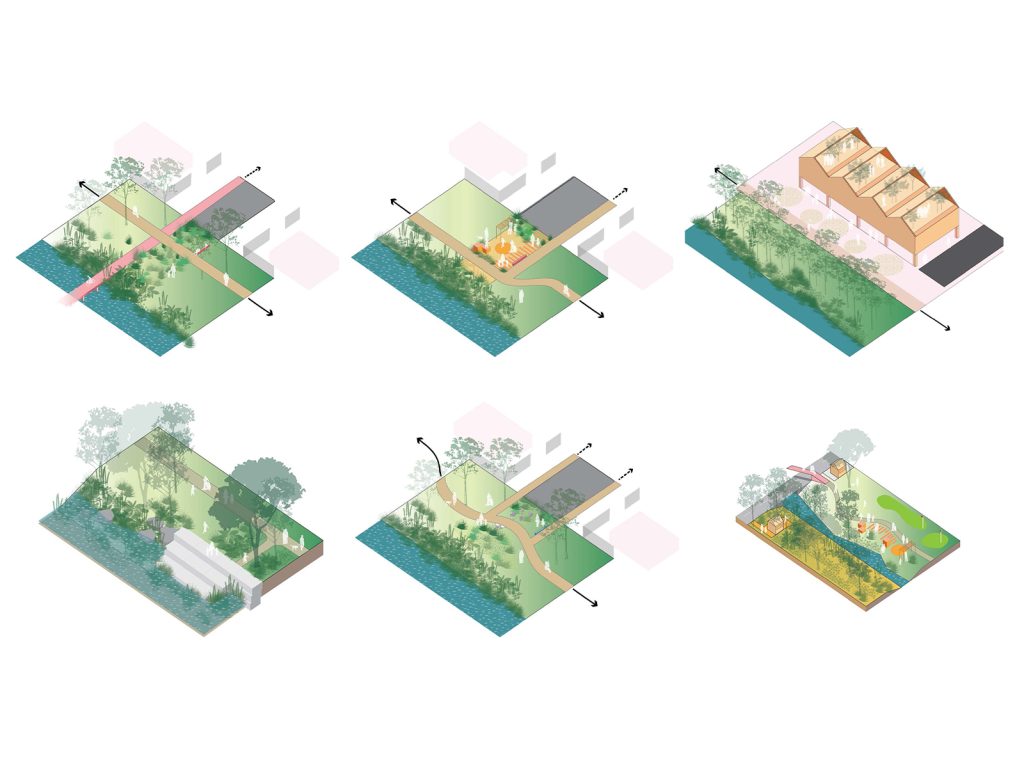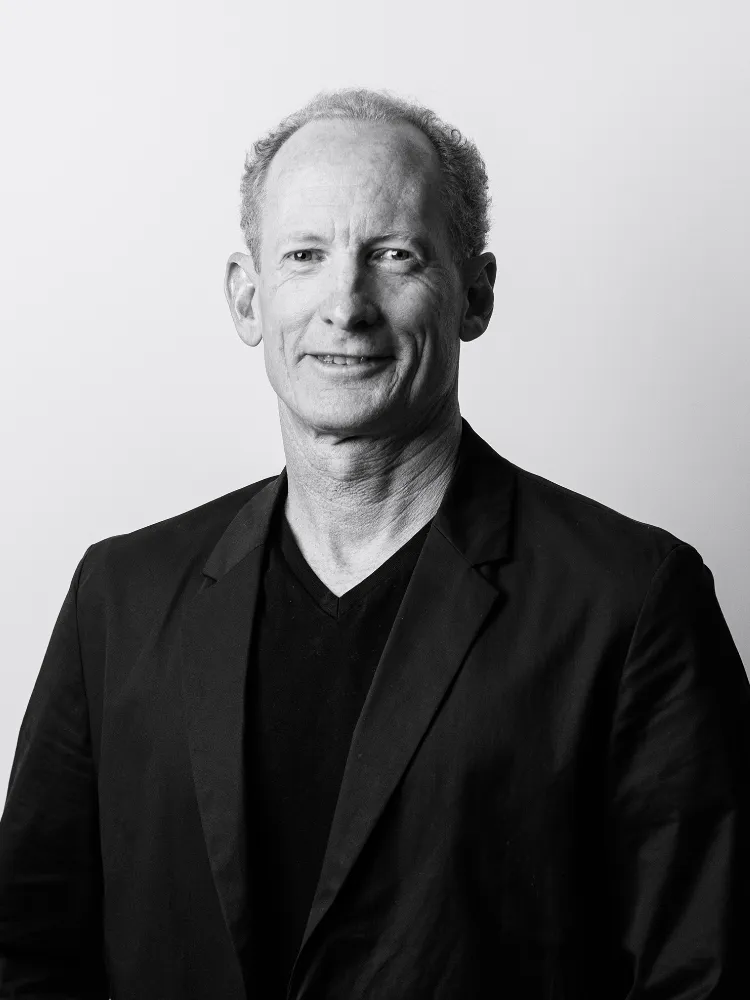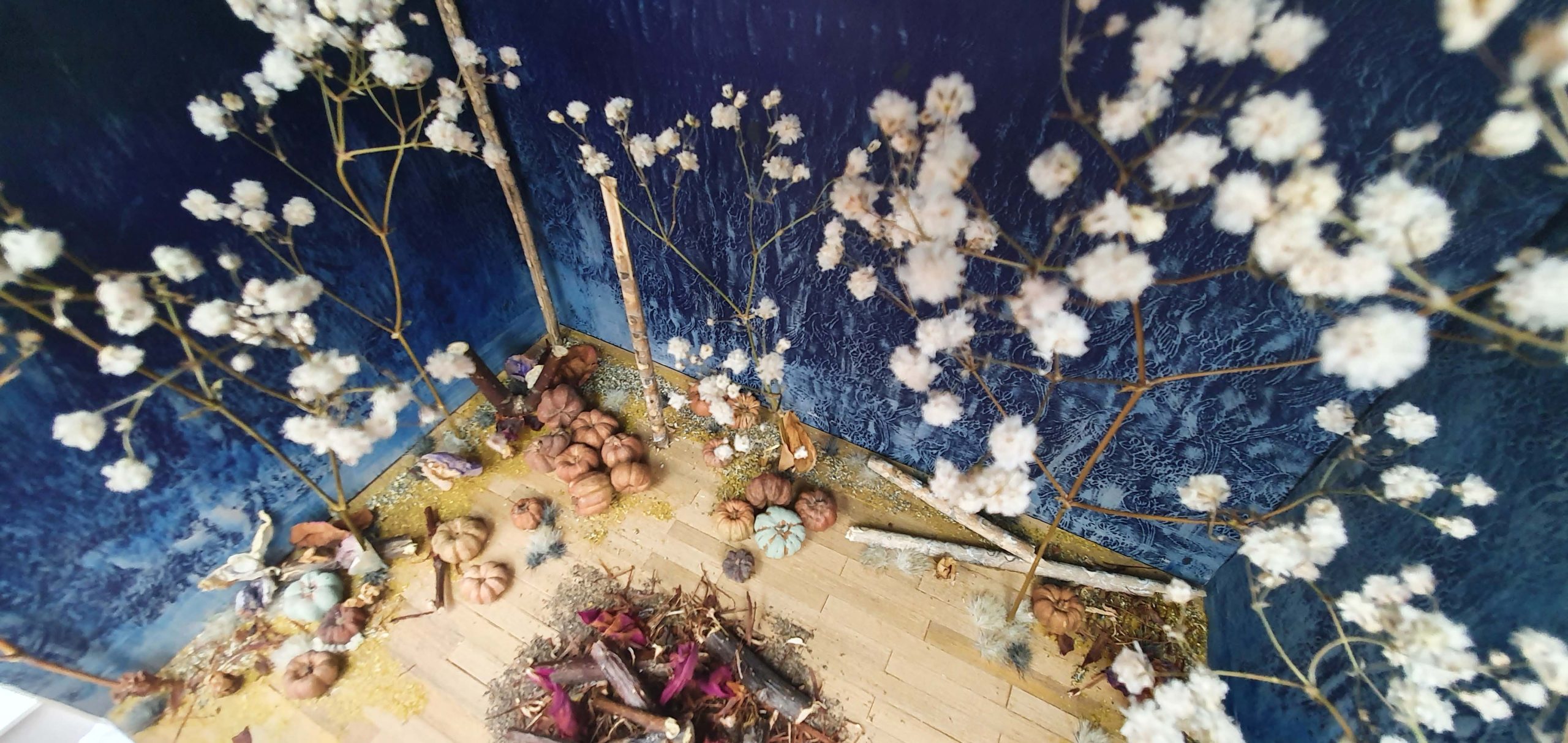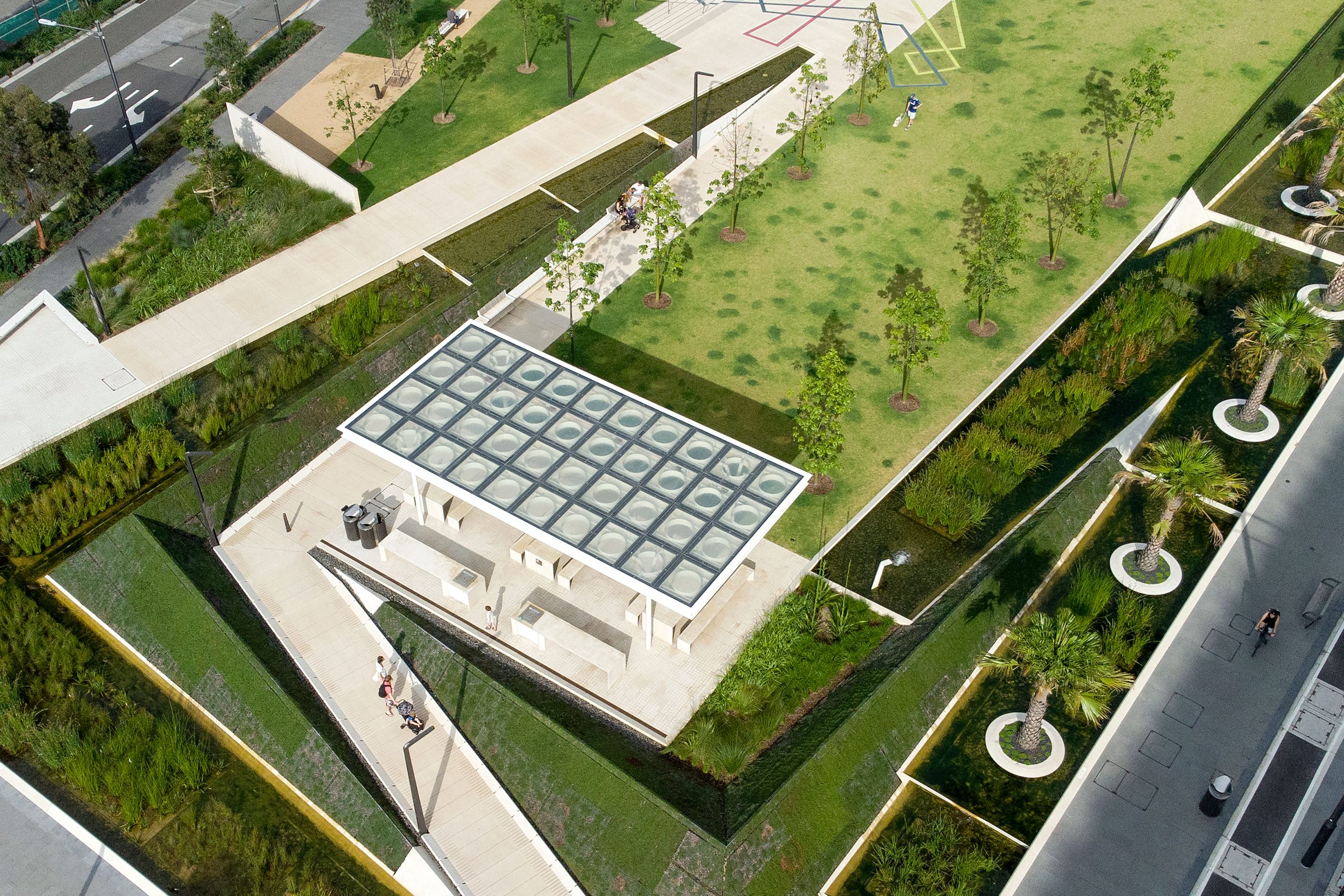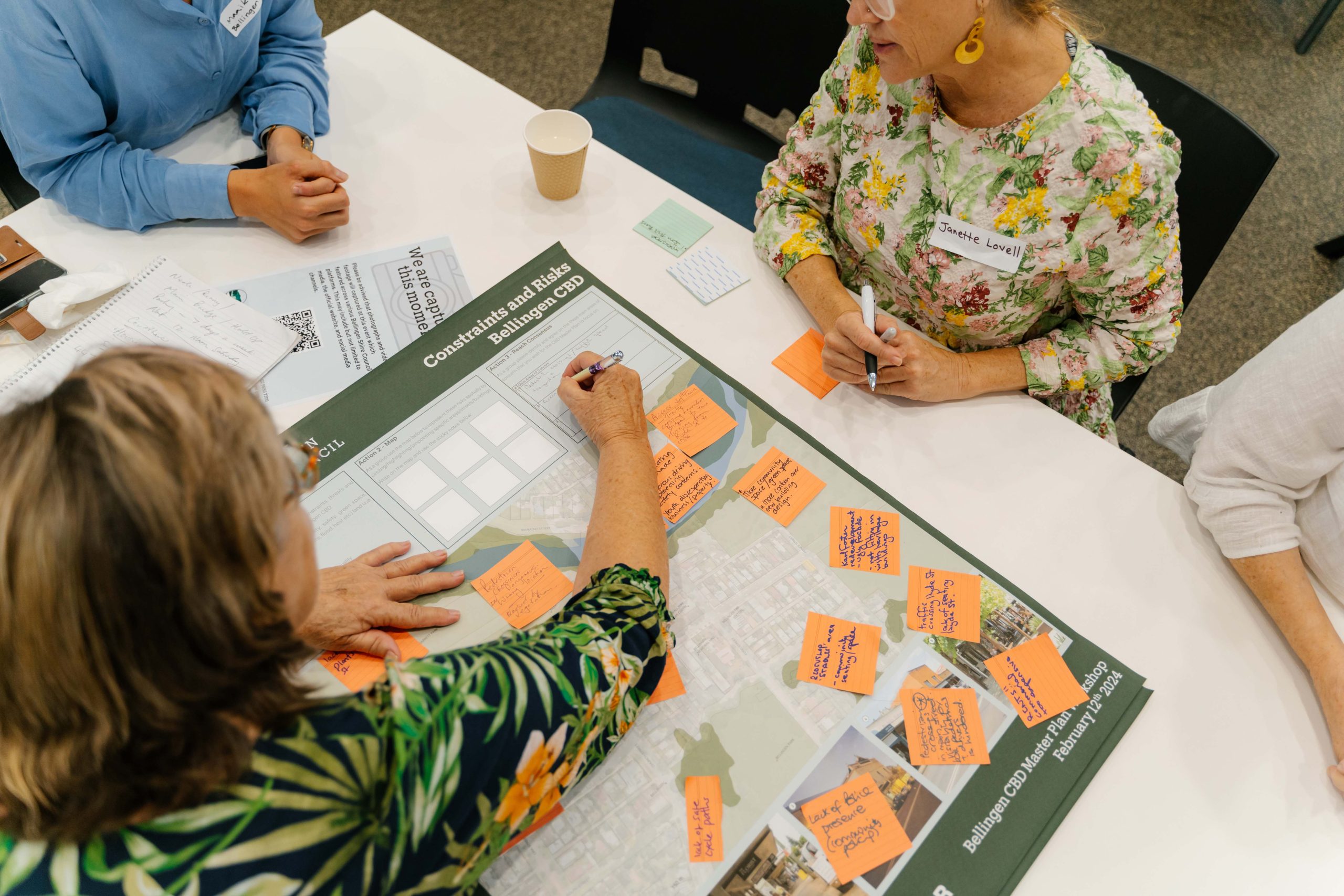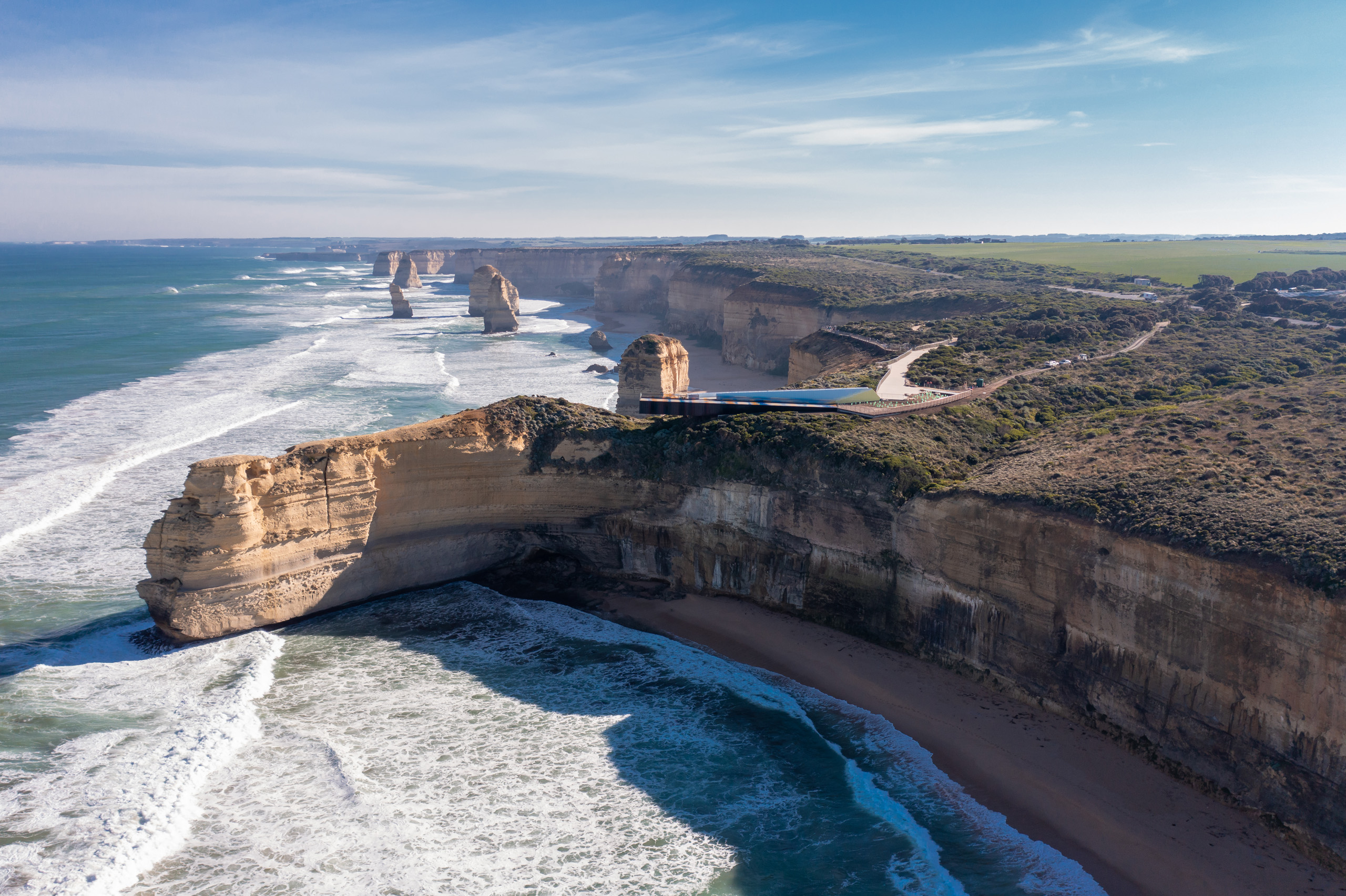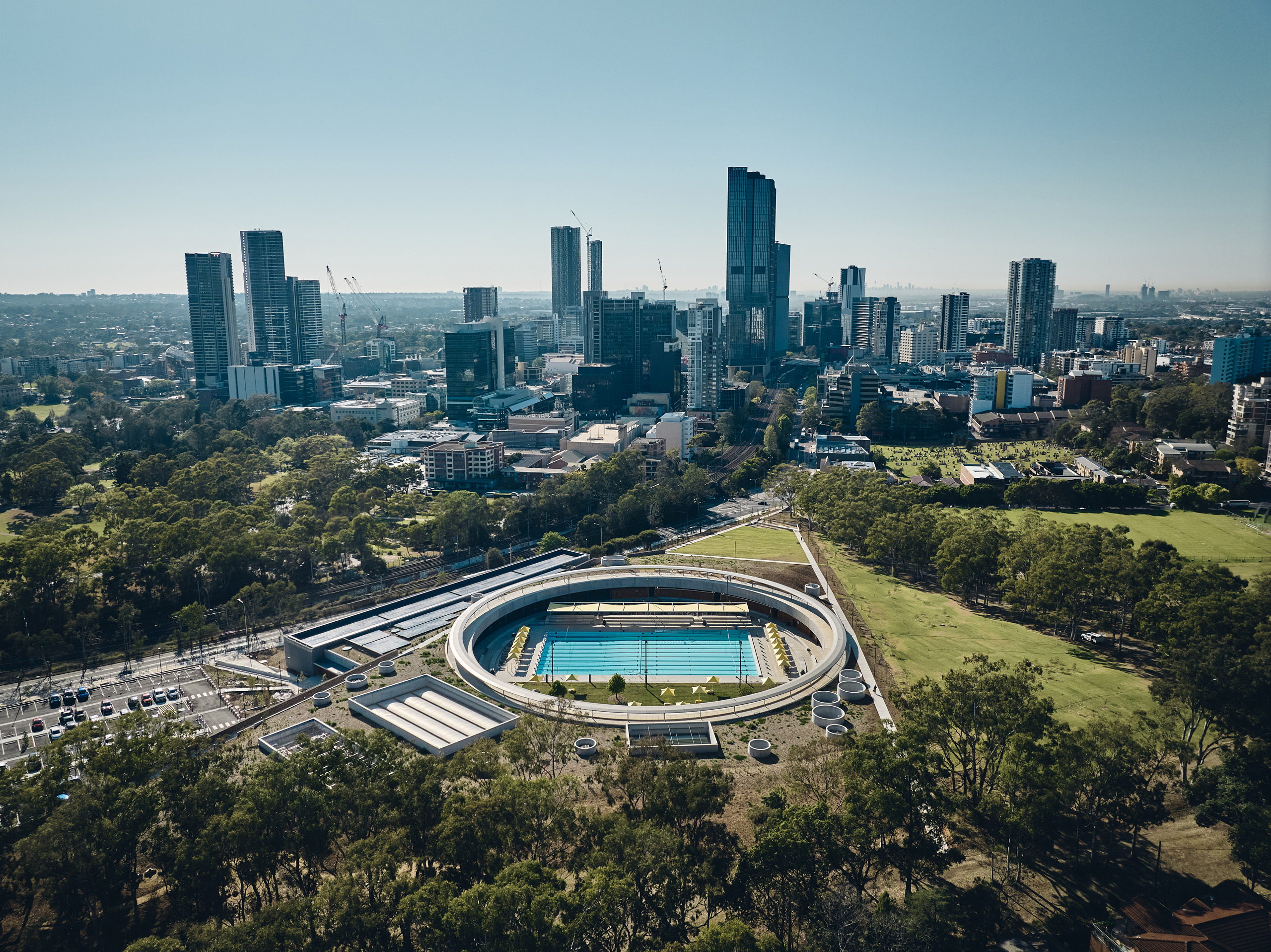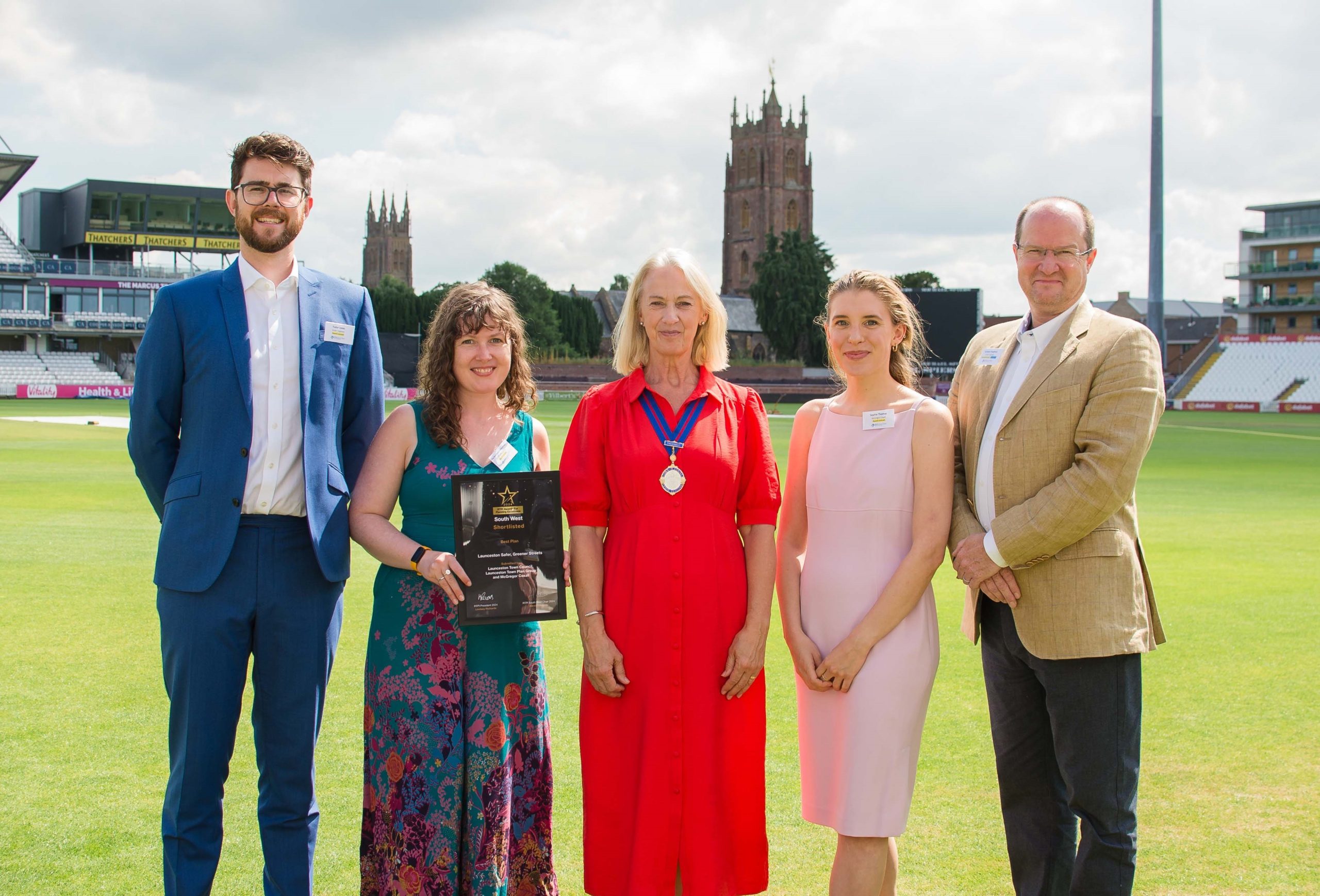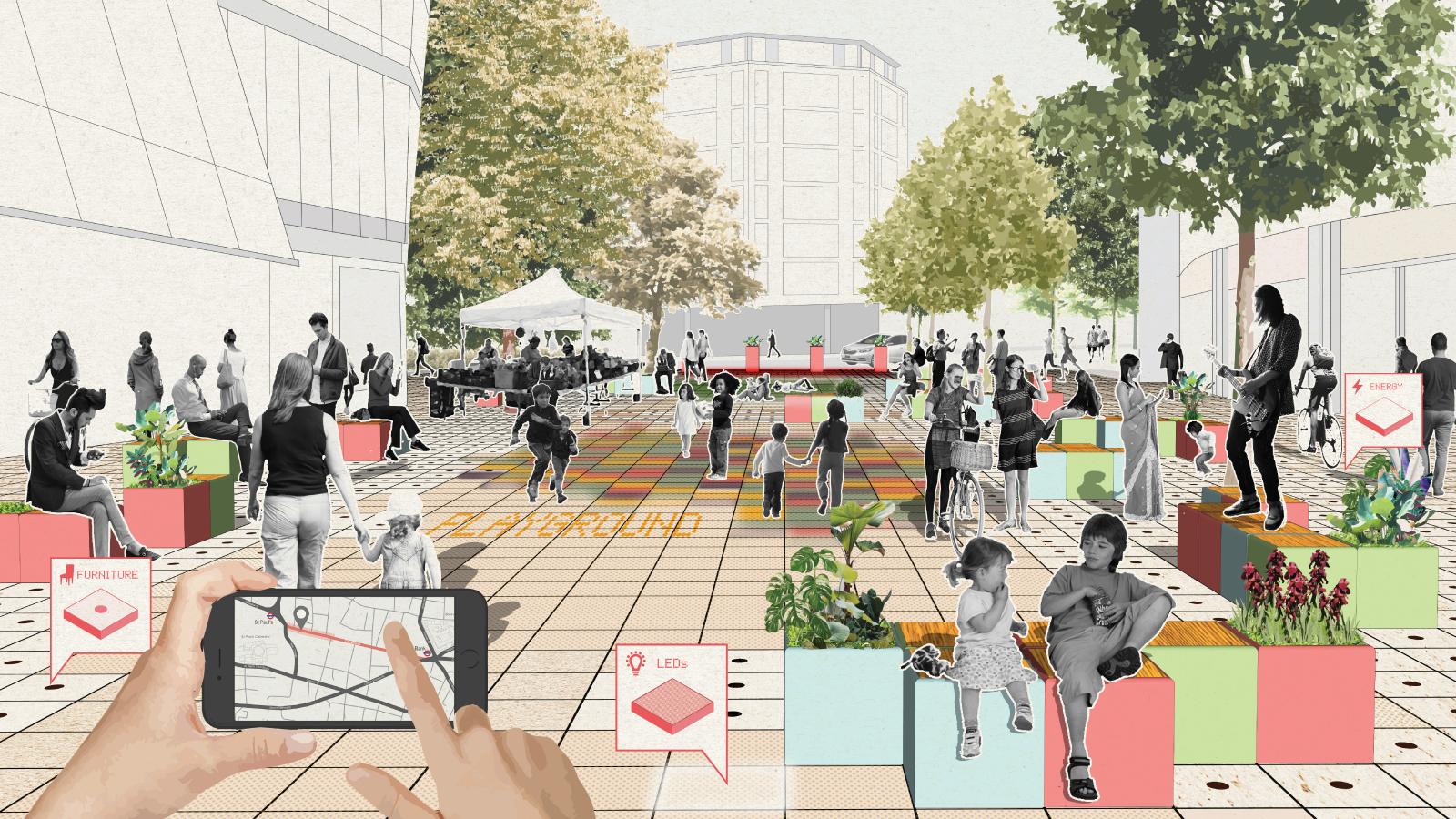Restore, Renew, Retrofit
Designing for housing affordability, lifestyle and planetary care.
In a world filled with uncertainty, one of the greatest concerns for young Australians is the future. Homeownership, our planet, and a quality lifestyle are but a few. As parents, we worry about the lives our children will have, the choices they will have, and the general state of the planet. As fathers of teenagers and toddlers respectively, we have been discussing these concerns for the two generations and what they may foreshadow for their futures. Let’s look at some numbers. Statistics reveal that 70% of young Australians are uncertain about ever owning a home or dwelling, longing for the choice of specific lifestyles instead of living on the fringes of cities, kilometres away from friends, family, and work. (1)
It’s important to note that 71% of the Australian population lives in cities (2) and despite the significant amount of people, 37% of young people within that population are feeling isolated or alone (3). And the cherry on top: around 70% of people aged 16-25 are ‘extremely worried’ or ‘very worried’ about the climate (4). This is more than a housing crisis, but a wellbeing crisis as well. It’s also crucial to acknowledge the consequences of urban’ sprawl, such as long commutes, limited access to amenities, strained services, and environmental degradation resulting from land clearing. Layered problems, yes – but not beyond repair. Naturally, Australia is not alone in addressing these concerns. McGregor Coxall has worked on housing projects internationally and throughout Australia. Below are key take outs from Redcliffe Park, a housing affordability project in the UK.
Case Study: Housing Affordability, Redcliffe Park

The Redcliffe Park project, led by McGregor Coxall’s UK team in collaboration with Groupwork and Hydrock, addresses the urgent need for affordable housing in Bristol, UK. The scheme aims to regenerate the Redcliffe neighbourhood while preserving heritage assets. The project incorporates sustainable strategies and references Bristol’s architectural past. By revitalizing the public realm, prioritizing active travel, and integrating green infrastructure for water management, the project envisions a thriving, sustainable future for Redcliffe. It features 40% affordable units, aiming to provide housing options for those currently on the waiting list and improve quality of life for the community.

Addressing housing affordability, lifestyle, and planetary care requires a multifaceted approach. As designers, planners, and built environment specialists, we have the tools and knowledge to tackle these challenges head-on. By drawing inspiration from successful international programs, focusing on local factors, and implementing innovative projects, we can create vibrant, affordable communities that prioritize well-being, environmental sustainability, and social equity. Together, we can build a brighter future for young Australians, offering them the choices they deserve, while also nurturing our planet and enhancing our quality of life.
The Local Factor: Making Places More Attractive and Liveable
Design-led planning processes should provide more variety and opportunities, creating more choice and more unique outcomes specific to their localities. Varied offerings and creating quality outcomes should provide more choice in the market and could assist with long-term affordability.
Principles of affordability, wellbeing, lifestyle choice and environmental stewardship can be achieved in an array of living typologies. Three fundamental processes can allow us to do so: Restore, Renew and Retrofit.
Restore
Restore is ideal for areas where houses are not ideally located, leading to long commutes, limited amenities, and disconnected communities. In sprawling areas, we can increase the mix of uses, job supply, and support hybrid work models. Natural amenities and features that make desirable places special should also be embedded in growth areas, enhancing their attractiveness, creating a sense of place, and providing health benefits and resilience to climate extremes.

Case Study: Nature-based Masterplan, north of Brisbane
Situated between Brisbane and Sunshine Coast, this masterplan leverages the unique natural topography of rolling hills and vegetated gullies to create a truly remarkable site. The development strategy focuses on augmenting the landform and natural systems while preserving the site’s aesthetic appeal. The vision emphasizes a Green Network, serving as a multi-purpose environmental and social amenity that connects residents through pedestrian and cycle paths and offers a range of recreational and entertainment options. The masterplan prioritizes the integration of social amenities, environmental protection, and interventions that connect future inhabitants with healthy places. It also proposes a range of new typologies, such as shared facilities, Rent-To-Own homes, and studio apartments with workspaces from home, catering to different resident needs and ensuring affordability. The typologies are carefully placed to articulate and activate green networks and community hubs.
Renew
Renew in existing areas that possess the necessary infrastructure and planning controls for development but lack attractiveness and, consequently, developer investment. In areas with existing infrastructure and controls, efforts should be made to make these places appealing for investment and for people to establish their lives. Leveraging past investments in rail and major infrastructure can be beneficial, as long as there is a sense of identity and pride that attracts people and investments.

Case Study: Sustainable Development Framework, South Sydney
McGregor Coxall were engaged by Campbelltown City Council to further develop the ‘Reimagining Campbelltown City Centre’ Master Plan Project. A structured planning process considers key elements of Council’s growth to provide built form, land use, environmental, heritage, social and economic outcomes. The masterplan responds to future developments in Western Sydney, focussing on the unition of three major precincts: Campbelltown CBD, Macarthur Health and Innovation District, and Leumeah Live. Integrations of mobility, development, and a greater focus on public realm and placemaking investment will promote positive transformations to the city centre over the next 20 years. The project features the delivery of a 3D model – a data-driven urban management platform – that visualises key liveability and resilience indices. The model provides an interactive, visual perspective of proposed developments with capacity to support scenario planning. Key analytics quantify Humanity (dwellings, building form zoning, urban heat island effect, air temperature), Mobility (public transport, active transport and roads), Water (blue grid and flood modelling analysis) and Landscape (green grid and vegetation) via a cloud-based dashboard. Through the system-based process, we created more unique places within Campbelltown, found opportunities for a variety of typologies and increase of built form opportunities within the existing urban context, whilst increasing the biodiversity, managing the flooding and imbedding Connection with Country.

Retrofit
Retrofit in areas where people want to live, but the supply of new housing is limited, and existing funding streams for upgrades are under pressure. Density should be strategically implemented in desirable areas, considering diverse housing typologies and mixes to cater to large families, individual households, key workers, and those with specific needs. This approach will help maintain community diversity, a robust economy, and a rich cultural fabric.
Case Study: Living Infrastructure Strategy (Duck River Parklands Masterplan), Western Sydney
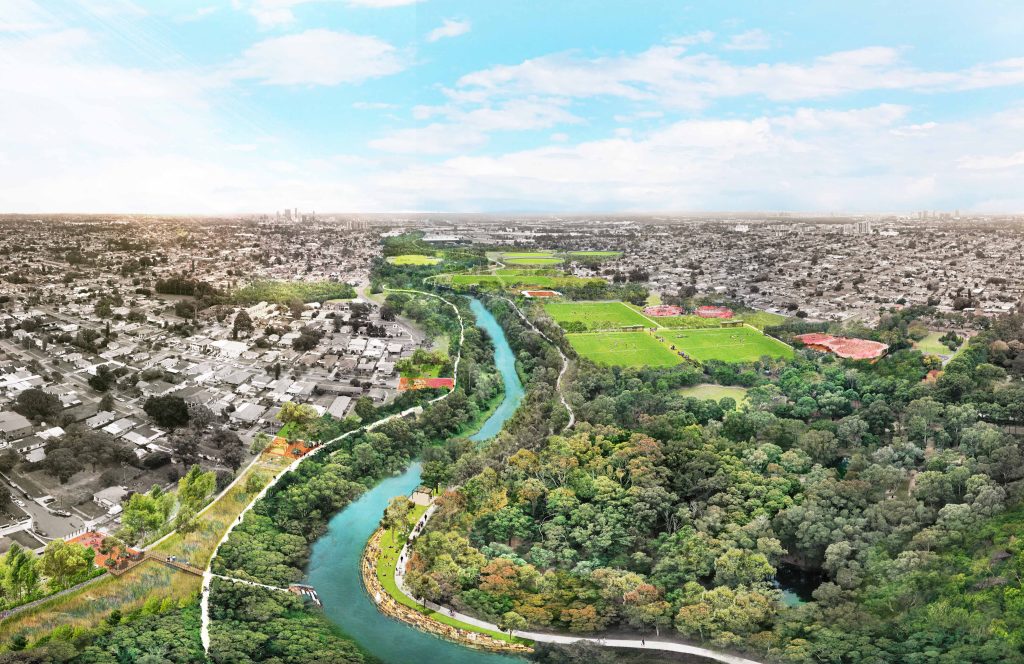
The Duck River Parklands, flowing across Granville, South Granville, Auburn, and Chester Hill, present an opportunity for revitalization within the densely built urban area. To transform the neglected Duck River into a vibrant green corridor, McGregor Coxall collaborated with Cumberland City Council to develop a 20-year vision called the Duck River Parklands Strategic Masterplan. The plan focuses on protecting riparian zones, promoting native vegetation, restoring waterways and bushland, mitigating erosion, preventing litter and plastics, increasing accessibility and provide for activation and passive surveillance through new development areas. As a result of holistic environmental and social think, the masterplan includes unique precinct typologies, active transport links, and connections to commercial zones, resulting in a revitalized offering for people, place, and planet.
